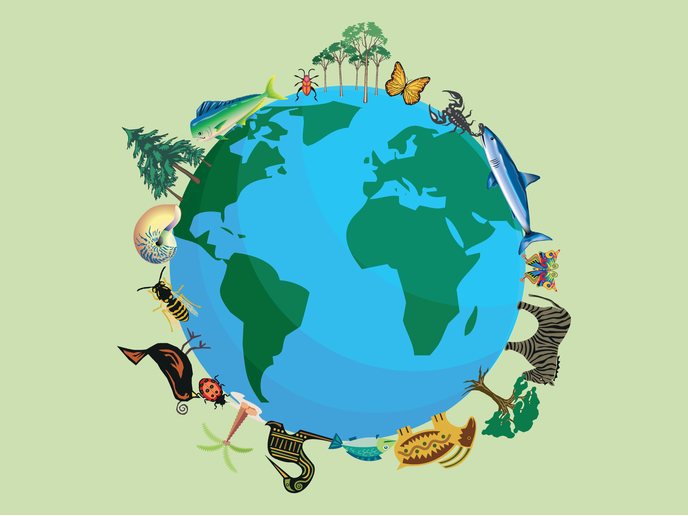How events 3 000 km beneath our feet leave a mark on Earth’s surface
The surface of Earth is divided into plates, and these plates move against each other a few centimetres every year. “Imagine it as the same rate as your fingernails are growing,” says Martina Ulvrova, GEOTRIBE project coordinator. The mechanics of plate tectonics are well understood, but less is known about how the plate boundaries themselves form. The GEOTRIBE project sought to understand how local and global forces combine to shape the development of new plate limits. One type of these boundaries is transform-ridge orthogonal patterns, seen when two plates slide against each other. A disjointed mountainous ridge appears with segments perpendicular to the fault, like the teeth on a zip. “These are the most enigmatic features of plate boundaries, because they are hard to reproduce in models,” adds Ulvrova. In the past, Earth scientists used trays of cooling paraffin wax – its solid crust lying on top of a liquid interior – to replicate the evolution of plate tectonics. By contrast, Ulvrova’s high-resolution models relied on months of calculations performed by supercomputers at the Swiss Federal Institute of Technology Zurich (ETH Zurich)(opens in new window) and the Swiss National Supercomputing Centre(opens in new window) to demonstrate how convection currents in Earth’s hot mantle, twinned with local forces, dictate the process of plate boundary formation. Through the research, Ulvrova has published(opens in new window) several papers(opens in new window) detailing how convection currents in the mantle relate to the formation of these plate boundaries and their movement. “You need to look at this from a global perspective,” explains Ulvrova. “For something on the local scale, you need to study what is happening tens of thousands of kilometres away.” For the first time using global models, Ulvrova’s results were also able to explain the fragmentation of Pangaea(opens in new window), the supercontinent which existed from 335 to 175 million years ago. “We can reconstruct the position of the plates for the past 230 million years,” says Ulvrova. “Comparing my simulations with these geological records, they match really well.” A better understanding of the link between Earth’s surface and deep mantle will help shed light on events above ground on the surface, says Ulvrova, noting that processes such as the carbon cycle and sea level change are tied closely to tectonic activity. The work was supported by the EU’s Marie Skłodowska-Curie Actions programme(opens in new window). “This gave me the freedom to pursue the scientific direction I wanted to,” notes Ulvrova. “ETH Zurich is the dream science environment, the infrastructure, the colleagues, the rich discussions on the topic.” She adds that the funding also allowed her to travel to conferences and build her professional network. Ulvrova says her work into Earth’s dynamics will continue. “I love numerical simulations, computational geodynamics, the need to use supercomputers and advanced numerical techniques that we did not have 5 or 10 years ago. This is a very exciting research direction.”





